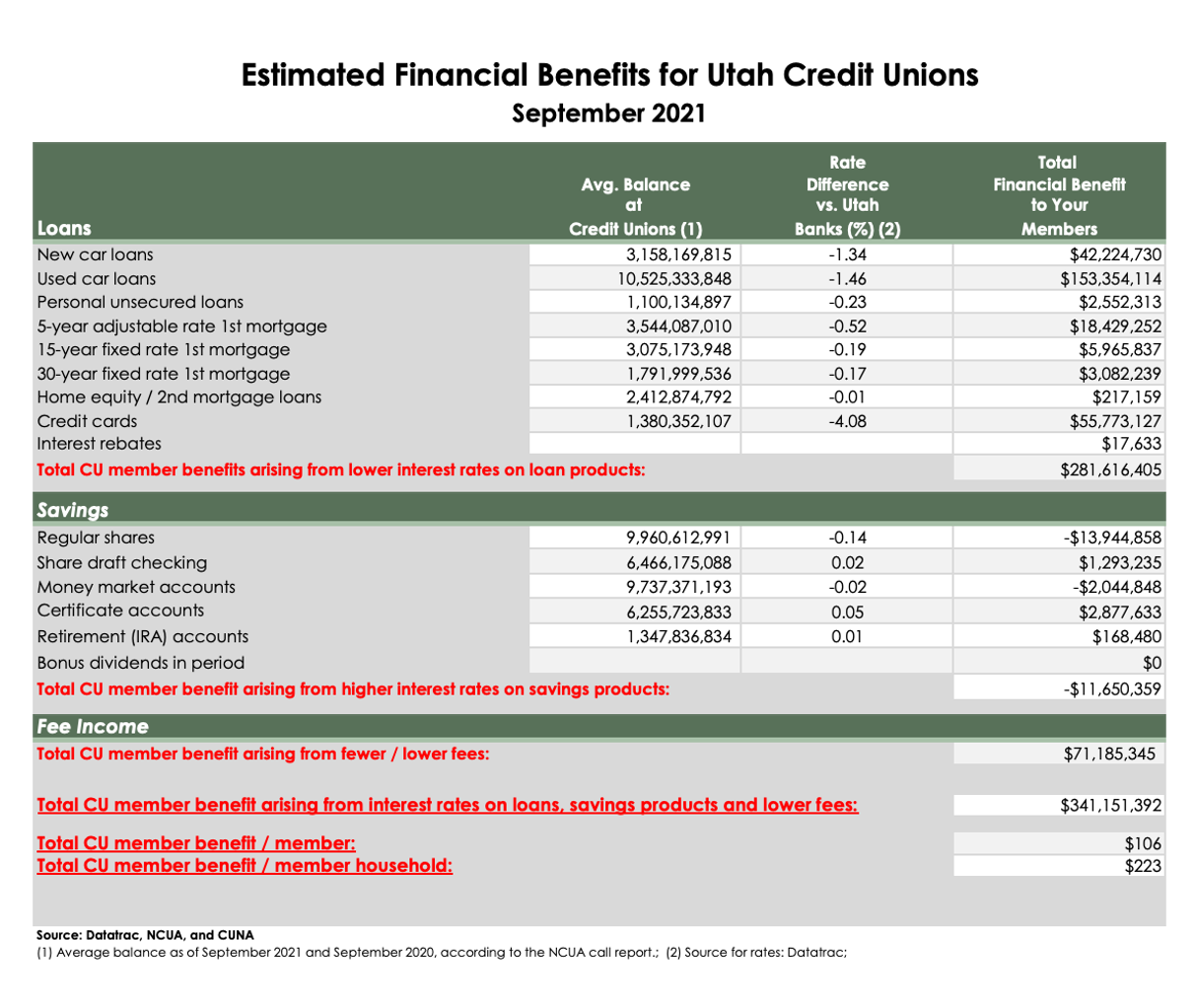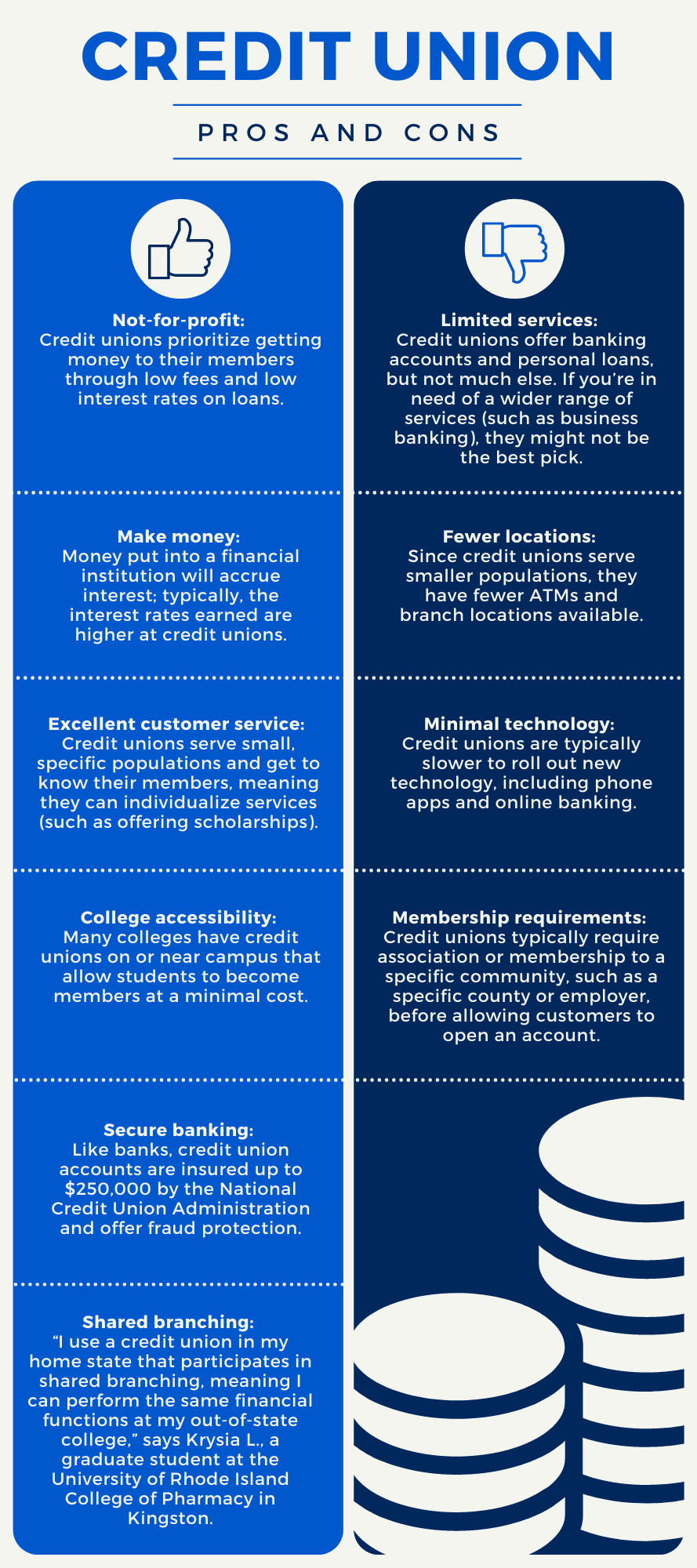Opening the Perks of Credit History Unions: Your Guide
In the realm of banks, credit history unions stand as a distinctive and often underexplored option for those seeking a more customized approach to financial. As we explore the complexities of lending institution, a globe of opportunities and benefits unravels, supplying a glance right into a monetary landscape where community worths and member-focused solutions take spotlight. From their modest beginnings to their modern-day influence, understanding the significance of lending institution could possibly reshape the means you check out and handle your financial resources.

History of Lending Institution
The principle of credit unions arised as a reaction to the economic demands of individuals that were underserved by conventional banks. Friedrich Wilhelm Raiffeisen, a German mayor, is typically attributed with establishing the very first contemporary credit scores union in the mid-1800s.
The concept of people integrating to merge their sources and give economic aid to every various other spread rapidly across Europe and later to North America. In 1909, the initial lending institution in the USA was developed in New Hampshire, noting the start of a new era in community-focused banking. Ever since, cooperative credit union have actually remained to focus on the monetary health of their participants over earnings, personifying the participating principles of self-help, self-responsibility, freedom, uniformity, equal rights, and equity.
Membership Qualification Requirements
Having established a structure rooted in participating principles and community-focused financial, cooperative credit union preserve specific subscription qualification criteria to make certain alignment with their core values and purposes. These requirements typically revolve around a common bond shared by prospective participants, which could consist of elements such as geographic location, company, business affiliation, or subscription in a particular community or association. By calling for members to meet particular eligibility demands, credit rating unions aim to cultivate a feeling of belonging and shared objective amongst their participants, strengthening the cooperative nature of these banks.
Along with usual bonds, some credit unions might also prolong subscription eligibility to family members of current participants or individuals that reside in the same house. This inclusivity aids cooperative credit union broaden their reach while still remaining real to their community-oriented ethos. By preserving clear and transparent subscription criteria, credit unions can guarantee that their participants are actively participated in sustaining the cooperative values and goals of the institution.
Financial Services And Products
When considering the variety of offerings offered, credit history unions give a varied variety of financial items and services tailored to satisfy the one-of-a-kind requirements of their participants. Participants commonly benefit from customized client solution, as credit history unions prioritize developing strong relationships with those they serve.
In addition, lending institution regularly offer economic education and counseling to help participants improve their economic proficiency and make educated decisions. Several cooperative credit union additionally take part in shared branching networks, permitting members go to this web-site to access their accounts at a variety of places across the country. On the whole, the variety of economic services and products supplied by cooperative credit union underscores their dedication to satisfying the diverse needs of their members while prioritizing their financial well-being.

Advantages Over Standard Financial Institutions
Showing a distinct technique to monetary solutions, debt unions offer several advantages over traditional banks. One essential benefit is that cooperative credit union are generally member-owned, suggesting that earnings are reinvested right into the company to give much better rates and navigate to these guys lower charges for members. This participating structure commonly results in more tailored consumer solution, as cooperative credit union prioritize member complete satisfaction over making best use of profits. Additionally, lending institution are known for their affordable rates of interest on savings accounts, lendings, and credit score cards. This can cause higher returns for participants that conserve or borrow cash via the lending institution contrasted to typical financial institutions.
Moreover, credit rating unions often tend to have a strong focus on economic education and community assistance. They usually supply workshops and sources to aid participants improve their financial literacy and make sound finance choices (Wyoming Credit). By cultivating a sense of neighborhood and shared goals, lending institution can develop a much more inclusive and encouraging financial atmosphere for their participants
Area Involvement and Social Impact

By teaming up with these entities, credit unions can enhance their social impact and address vital problems influencing their neighborhoods. In essence, debt unions serve as catalysts for positive change, driving neighborhood growth and social development via their active participation and impactful campaigns.
Final Thought
To conclude, cooperative credit union have a rich history rooted in community and participation, using a varied variety of monetary products and solutions with competitive rates and customized customer solution. They prioritize the economic well-being of their members over profit, promoting a sense of belonging and offering economic education. By proactively taking part in social influence initiatives, lending institution produce a inclusive and supportive financial setting that makes a favorable difference in both private lives and go to this site areas.
Friedrich Wilhelm Raiffeisen, a German mayor, is typically credited with starting the very first contemporary credit rating union in the mid-1800s - Credit Union in Cheyenne Wyoming. By requiring members to meet certain eligibility demands, credit unions aim to promote a sense of belonging and shared function amongst their participants, enhancing the cooperative nature of these monetary establishments
Additionally, credit report unions regularly use monetary education and counseling to help participants improve their economic literacy and make educated choices. Generally, the range of financial products and services used by debt unions emphasizes their dedication to satisfying the diverse requirements of their members while prioritizing their monetary wellness.
Furthermore, credit report unions are understood for their affordable passion prices on savings accounts, financings, and credit report cards.